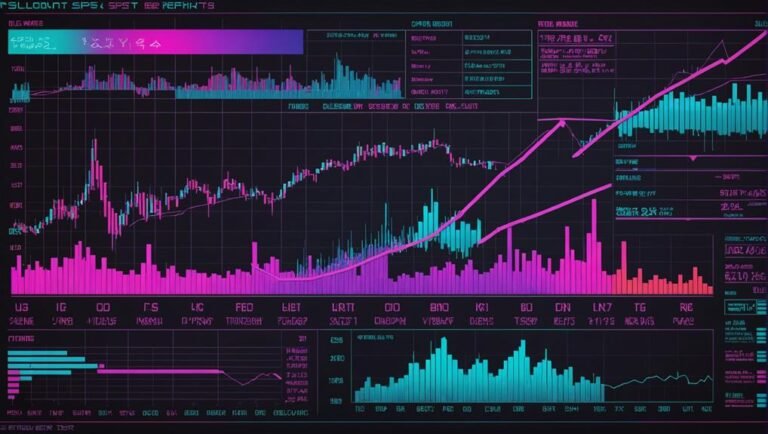Bell Curve Definition: Normal Distribution Meaning Example in Finance
The bell curve, or normal distribution, is a fundamental concept in finance, essential for understanding variable distributions in statistical analysis. It provides a visual representation aiding in decision-making processes. Specifically in finance, normal distribution offers key insights into patterns, governs security returns, aids in risk assessment, and helps evaluate potential outcomes. For instance, in financial analysis, the bell curve is used to assess risk, potential returns, and predict stock price movements. Embracing this statistical tool can lead to informed decisions backed by expected outcomes, important in the financial domain. Further insights await exploration.
Key Takeaways
- Bell curve aids in modeling and understanding variable distributions in financial analysis.
- Normal distribution reveals statistical patterns and assesses risk in the stock market.
- Bell curve assists in risk evaluation, portfolio assessment, and stock price prediction.
- Key for quantifying data spread, determining event probabilities, and evaluating security returns.
- Visual representation of normal distribution enhances decision-making processes in finance.
Basics of Bell Curve in Finance
A fundamental concept in financial analysis, the bell curve serves as a pivotal tool for modeling and understanding the distribution of variables such as stock prices and earnings growth rates.
Utilized extensively in statistical analysis, the bell curve aids in visualizing data distributions, allowing for a clearer interpretation of trends and patterns.
Through data visualization techniques, financial analysts can assess the likelihood of various outcomes within a given range, enabling informed decision-making processes.
Statistical analysis plays an essential role in quantifying the spread of data around the mean and determining the probability of certain events occurring.
Analyzing Normal Distribution in Finance
Building upon the foundation of the bell curve's role in financial analysis, the exploration of normal distribution in finance reveals key insights into the statistical patterns governing variables such as security returns and performance metrics. In the stock market, understanding normal distribution aids in risk assessment by providing a framework to analyze potential outcomes and assess the likelihood of extreme events.
Practical Example in Financial Analysis
Utilizing statistical tools like the bell curve in financial analysis provides a framework for evaluating risk and potential outcomes with precision and accuracy.
In portfolio risk assessment, the bell curve aids in understanding the distribution of potential returns, enabling investors to make informed decisions based on the expected range of outcomes.
For stock price prediction, analysts often use the bell curve to model the potential price movements, considering factors like historical data and market trends to generate more reliable forecasts.
Conclusion
To sum up, the bell curve serves as a foundational tool in finance for modeling normal distribution, aiding in the analysis of various financial outcomes. However, it is essential to recognize its limitations and consider the suitability of its assumptions in specific financial contexts.
By understanding the nuances of distribution models like the bell curve, financial professionals can enhance their decision-making abilities and improve risk assessments. Just as a compass guides a traveler, the bell curve directs financial analysis with precision and clarity.







